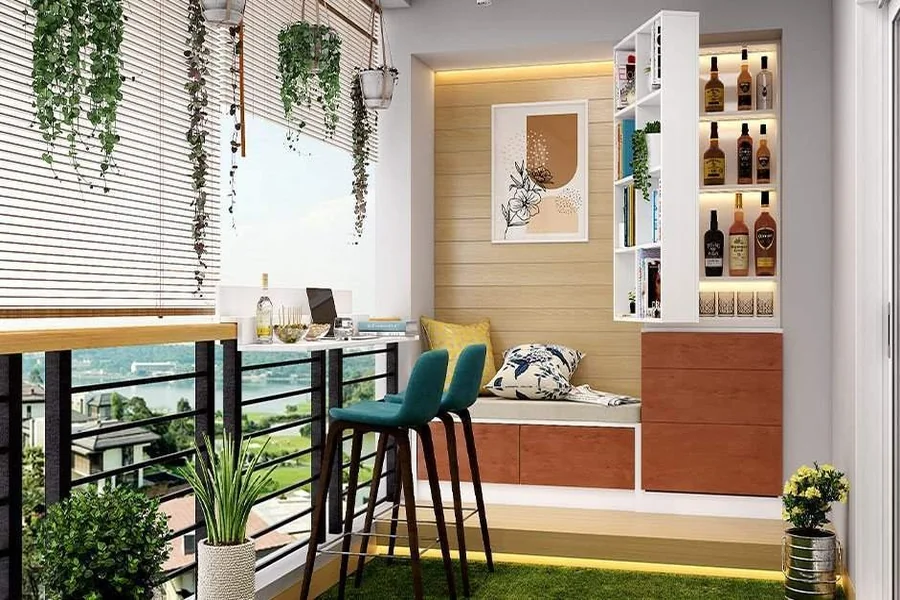Designing the perfect kitchen or bar space involves many detailed decisions, and one of the most essential is choosing the right counter height. This simple measurement, although seemingly straightforward, plays a significant role in terms of comfort, functionality, and aesthetics. Whether you’re remodeling a kitchen, outfitting a commercial space, or creating a casual dining nook, knowing the proper counter height ensures a balanced and ergonomic environment.
In this guide, we explore what defines standard counter height, how it varies across uses, and why it matters in both residential and commercial design.
What Is Standard Counter Height?
Standard counter height refers to the average height of a countertop from the finished floor. Generally, this measurement is approximately 36 inches (or 91 cm). This dimension can work perfectly in the majority of households, particularly in the kitchen, where it supports activities such as food preparation, cooking, and cleaning. It enables people of average height to work comfortably without getting too low or too high.
In addition to being the norm in kitchens, this standard counter height also works well with standard counter stools that are typically 24 to 26 inches tall. This combination provides the necessary leg clearance and the ergonomics of sitting, eating, or working on the counter.
Counter Height vs. Bar Height
It’s common to confuse counter height with bar height, but they are different. Bar height tends to be higher, approximately 42 inches off the ground, and complements stools of approximately 29 to 30 inches in height. While counter height suits kitchen counters and islands, bar height is more common in pubs, entertainment areas, and taller dining setups.
The difference between the two is crucial when purchasing stools or planning multi-level countertops. Installing a bar-height surface instead of a counter-height one can lead to uncomfortable functioning and usage. Therefore, clear planning based on proper counter height is critical for both comfort and usability.
Choosing the Right Counter Height for Kitchens
When deciding on a counter height in a kitchen, the first step is to identify the space’s purpose. For conventional areas in meal preparation, 36 inches is the ideal width. However, when building a kitchen for someone very short or very tall, even making it a little bit different can go a long way. Some modern kitchen designs allow for custom counter height based on homeowner preferences or ergonomic needs.
The use of kitchen islands is also a multifaceted aspect, encompassing dining, meal preparation, and even workstations. In such cases, incorporating dual-level surfaces with different heights (counter height and bar height) can increase versatility. However, even in these cases, the standard counter height remains the most widely used and preferred due to its all-around functionality.
Counter Height in Commercial and Outdoor Spaces
In commercial environments, such as cafes, delis, and collaborative workspaces, counter height serves a functional and aesthetic purpose, promoting standing interactions and facilitating customer service transactions. Similarly, grill stations or outdoor kitchens are typically positioned at an operational height of 36 inches to ensure consistency and ease of use.
Durability and material also influence the ideal counter height. In cases of outdoor counters, uniformity of height ensures compatibility with stools, appliances, and storage devices, just as it is the case indoors. Still, always consider the overall design context and user demographics when finalizing counter height in non-residential spaces.
Impact on Interior Design and Furniture Selection
Interior design trends continually evolve, but counter height remains a fundamental measurement that affects other design elements. For example, kitchen counters and living spaces are becoming more well-integrated due to the popularity of open-concept kitchens. The seamless transition often relies on matching counter height levels with other features to maintain visual flow.
Furniture selection, particularly stools and chairs, is also influenced by counter height. This can be compromised by the wrong selection of stools, which are either too low or too high, affecting both ergonomic balance and aesthetic appeal. Luckily, the majority of retailers describe specific seating by displaying them as either counter-height or bar-height. Knowing your exact counter height before shopping ensures compatibility and avoids costly returns.
Customizing Counter Height for Accessibility
A key design aspect that must be considered is accessibility, whether in a home or commercial setting. Standard counter height may not be suitable for individuals with physical limitations or those using wheelchairs. To be more inclusive, some designs feature lower sections (usually 28 to 34 inches) that are easy to enter, while maintaining the style and usability.
Adjustable countertops in height are also becoming common in universal design strategies. These versatile options enable users to adjust the counter height according to their specific needs, making spaces more functional for all ages and abilities.
Conclusion
Choosing the right counter height is more than just a matter of inches. It is connected to maximizing comfort and functionality, and it should sync with the overall vision of the space. Whether you’re designing a cozy kitchen island, setting up a trendy café, or building a backyard grill station, proper counter height ensures the result is both aesthetically pleasing and functional. From its influence on seating to its impact on accessibility and flow, counter height plays a foundational role in how we interact with the spaces we use every day.
FAQs
What is the standard counter height in a kitchen?
The standard counter height in most kitchens is 36 inches (91 cm) from the floor.
Is counter height the same as bar height?
No, counter height is typically 36 inches, while bar height is around 42 inches. Each serves a different purpose and requires a different stool.
What height stool is best for a 36-inch counter?
For a 36-inch counter height, stools between 24 and 26 inches in height are generally the most comfortable and ergonomic.
Can the counter height be customized?
Yes, counter height can be adjusted depending on the user’s needs or specific design goals. However, changes should still align with ergonomic standards.
How does counter height affect kitchen design?
Counter height influences workflow, seating arrangements, and aesthetics. It determines stool sizes and impacts how users interact with the space.
What materials work best at standard counter height?
Materials such as granite, quartz, and butcher block are commonly used at standard counter height because they offer both durability and visual appeal.

